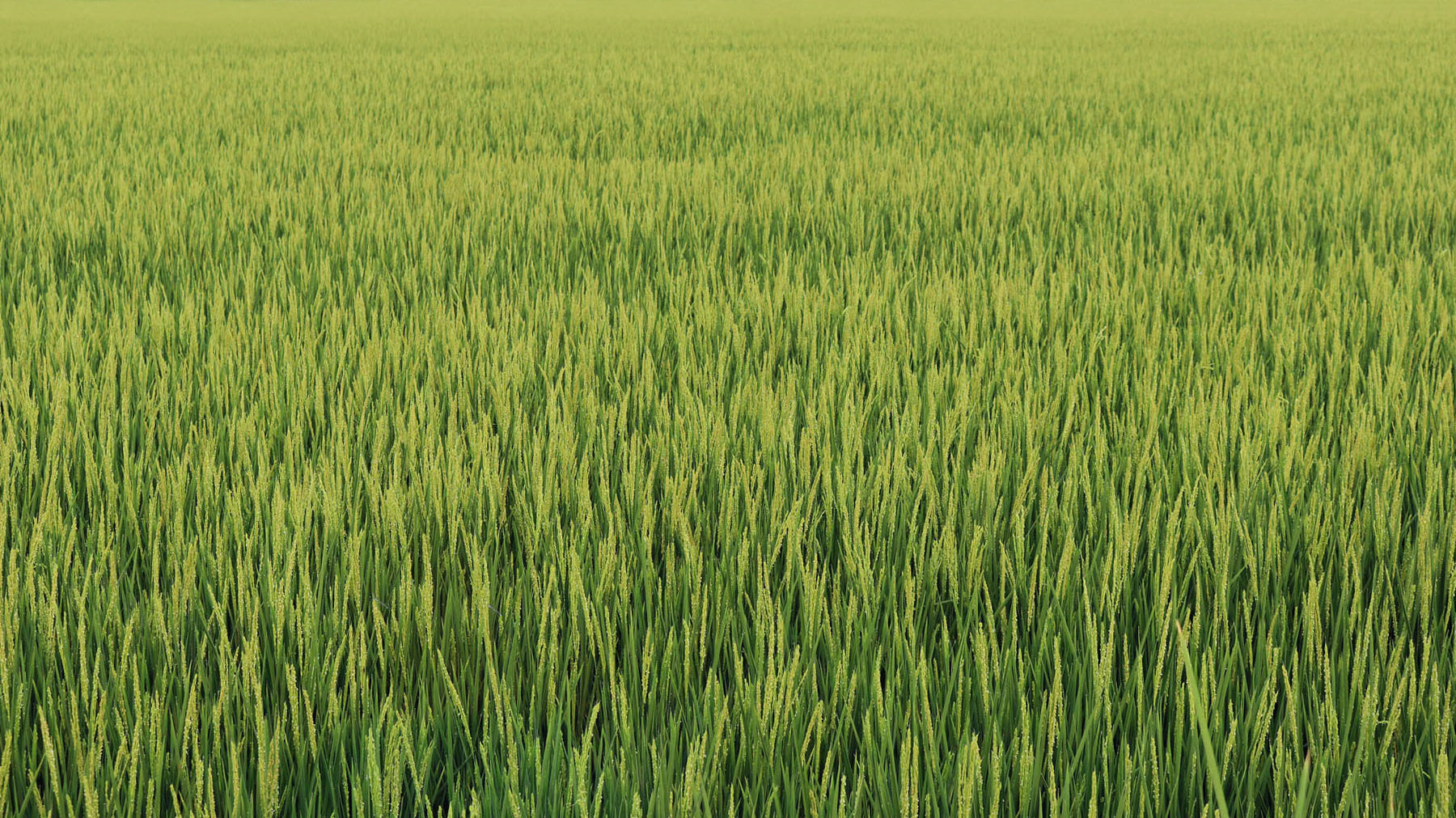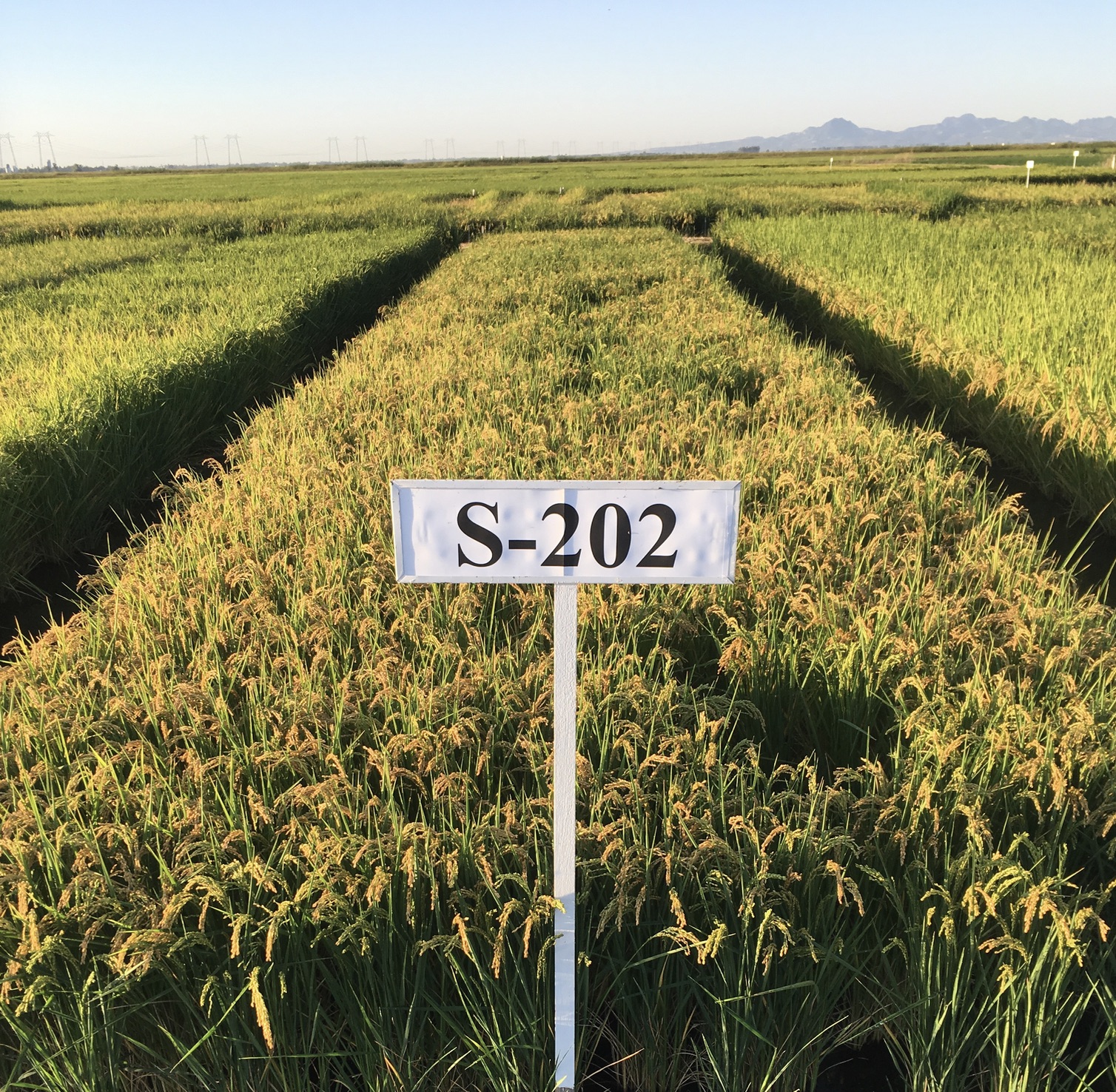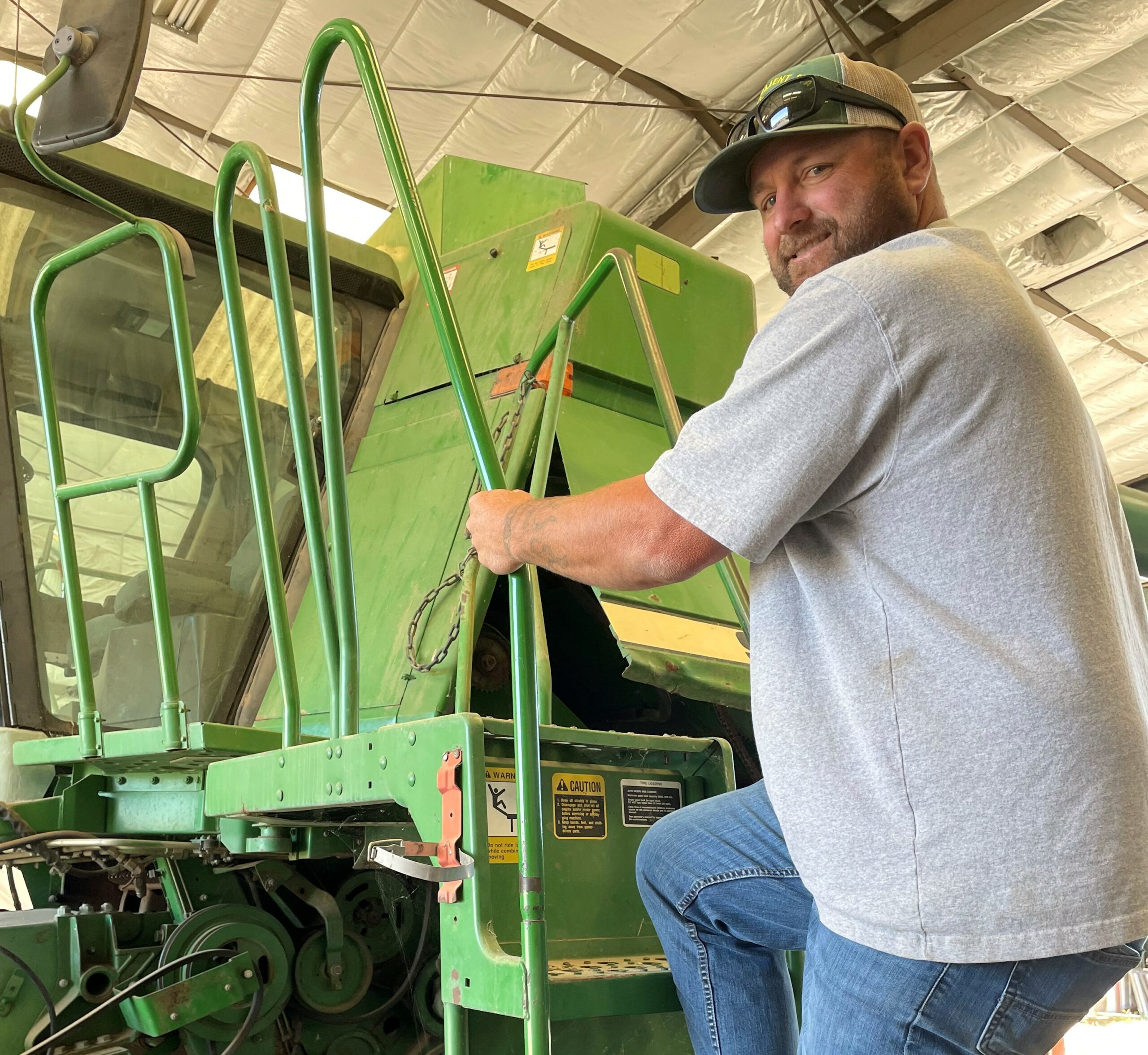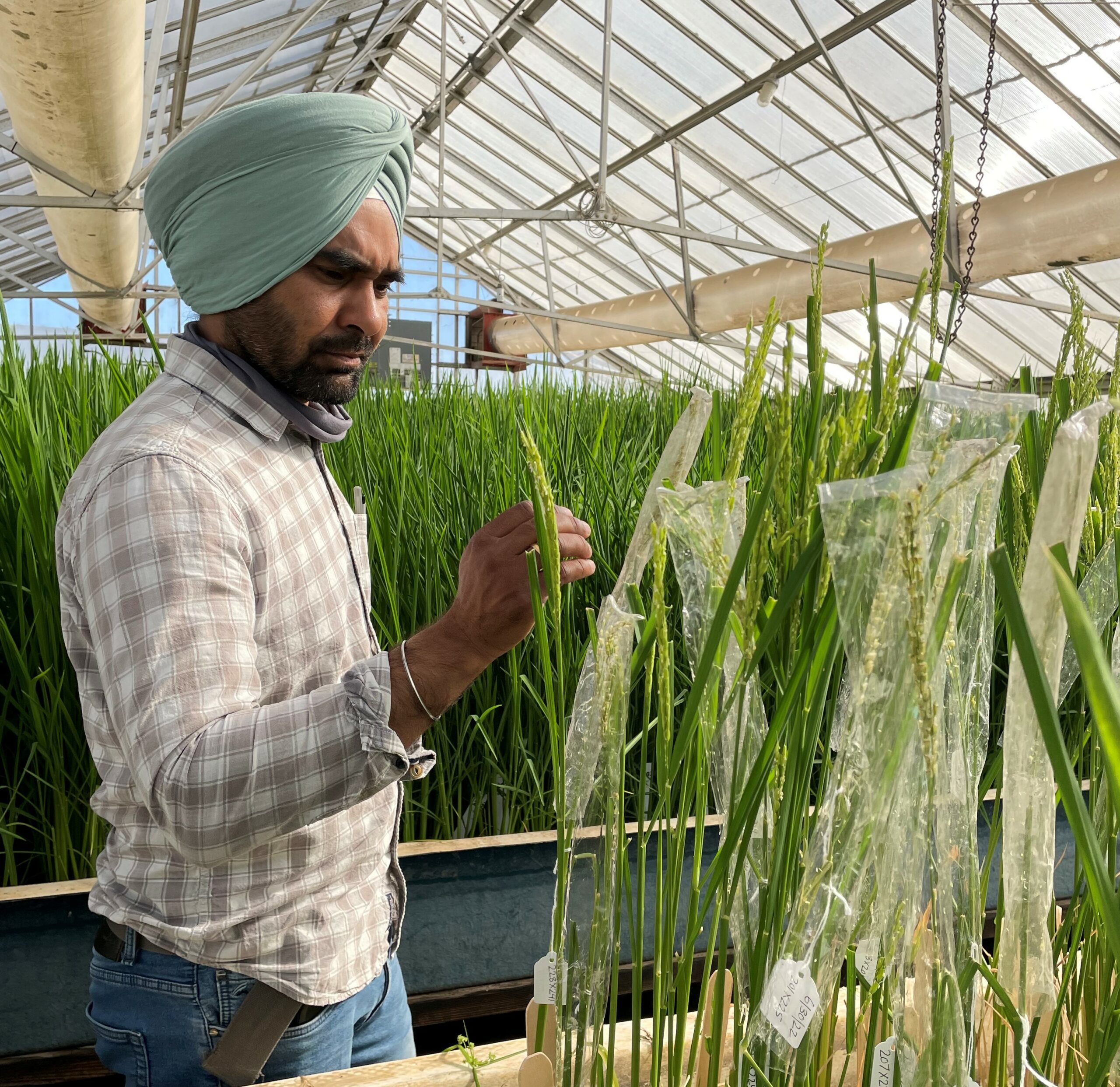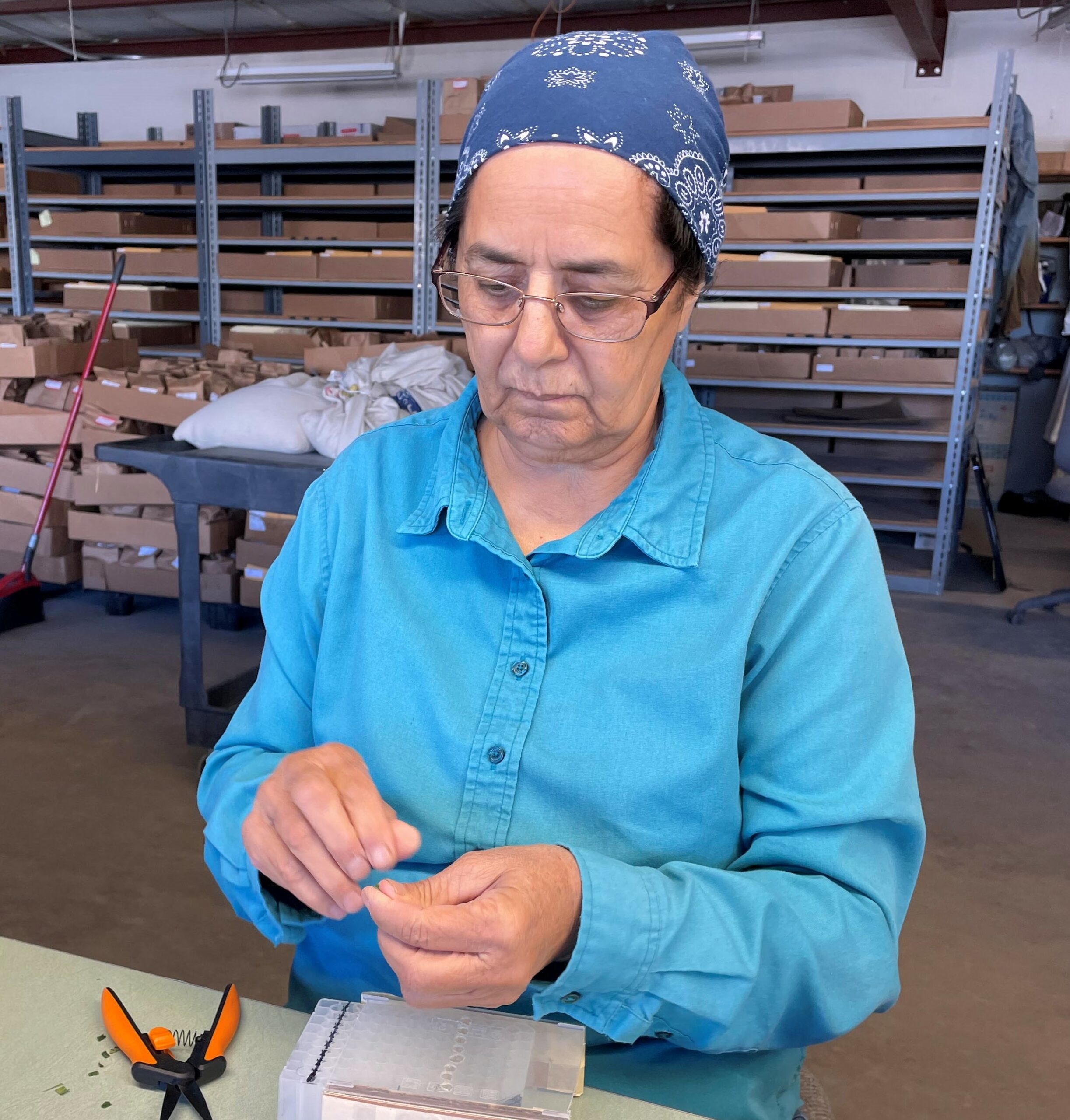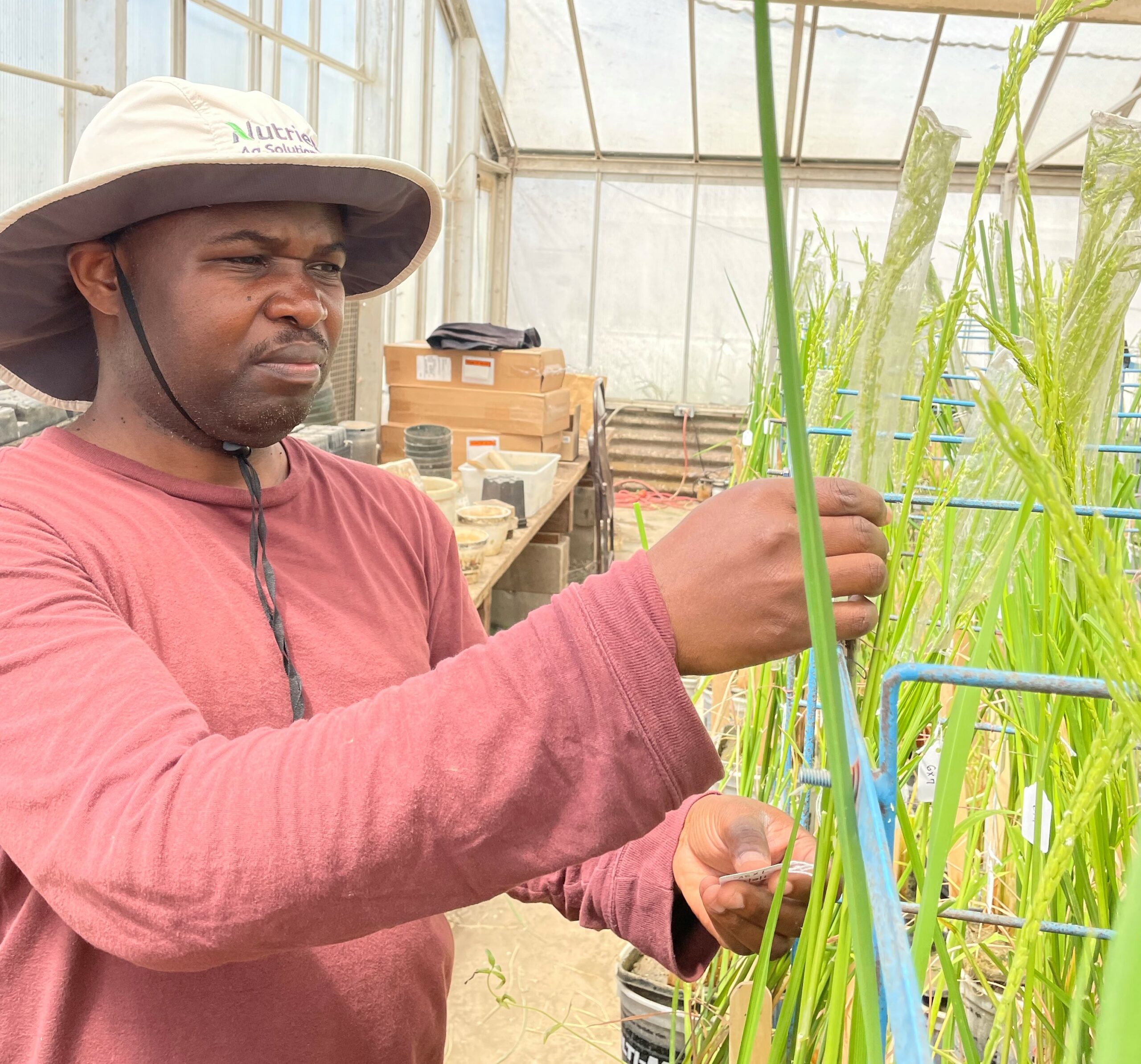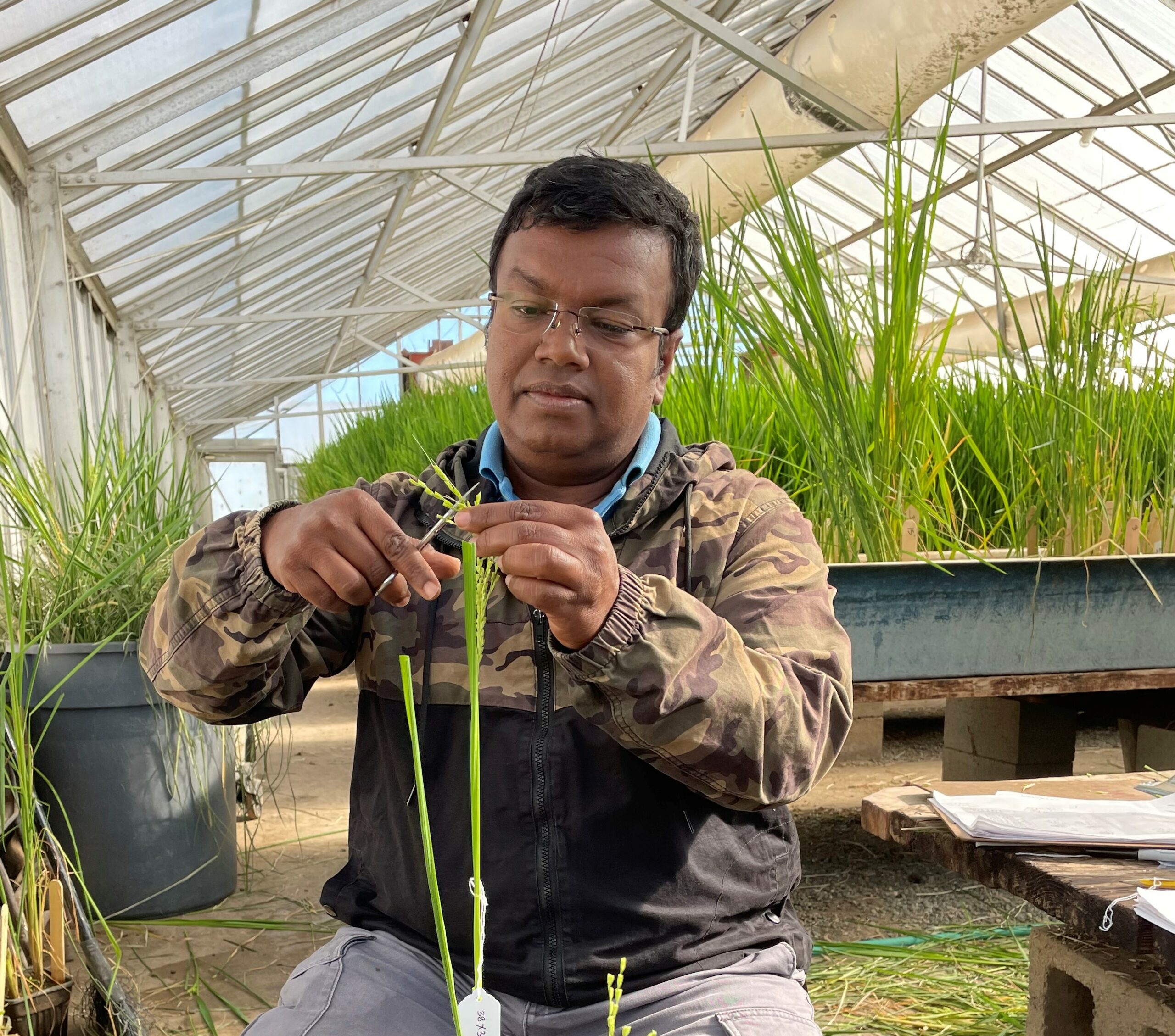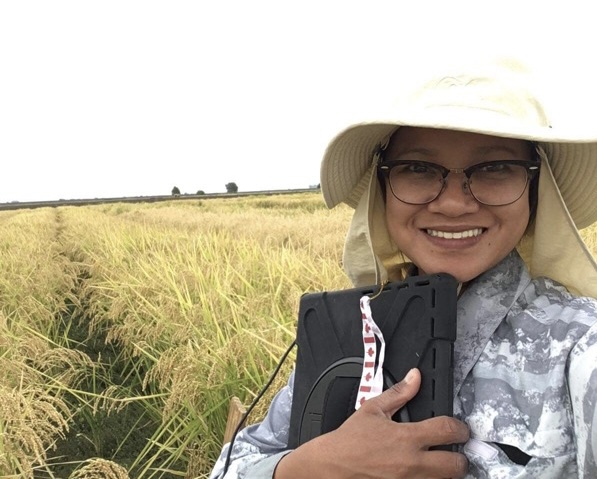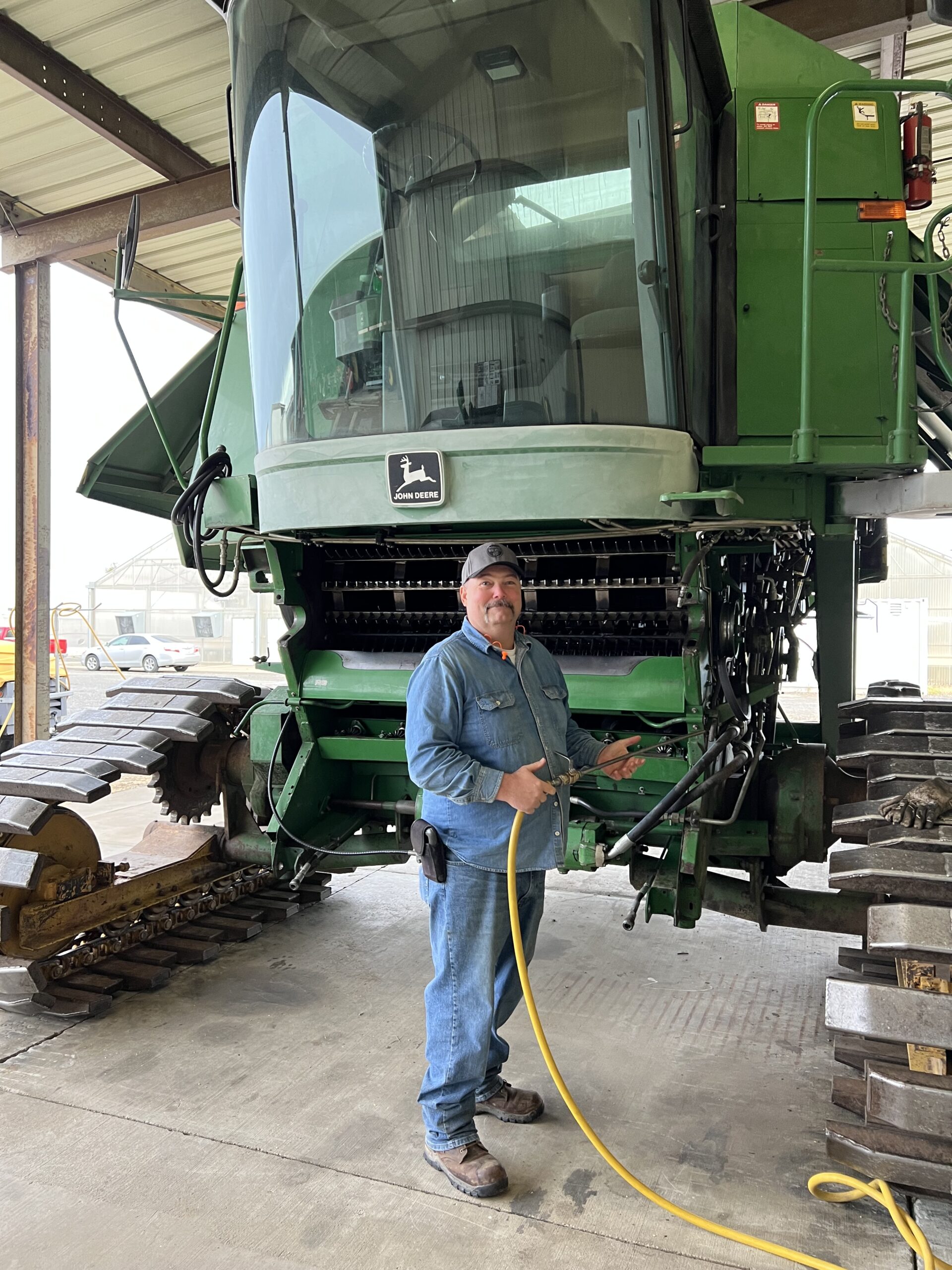Rice Variety Profile for S-202
RES Rice Varieties
Variety: S-202
- Former ID: 10Y2043
- Year: 2019
Pedigree and Breeding
S-202 is a very high-yielding, early-maturing, semi-dwarf, temperate Japonica, conventional short grain developed using the pedigree breeding method. It is a complex cross made in the spring of 2004 with the cross designation R29273 at the Rice Experiment Station in Biggs, CA. The pedigree of 10Y2043 is as follows: R29273 = “03Y324/02Y194”, where 03Y324 = “84Y254//M-102/85Y13/3/DENGYU1/88Y013” and 02Y194 = “84Y254/ 85Y013//CP/CM-101/3/S-102”. The expanded and official pedigree of 10Y2043 is therefore written as “84Y254//M-102/85Y13/3/DENGYU1/88Y013/4/ 84Y254/85Y013//CM-101/3/S-102”. The rice lines 03Y324 and 02Y194 were advanced breeding lines with complex pedigrees developed at RES and tested in preliminary yield trials and statewide yield test (03Y324) but were not released as a variety for commercial production. Some notable rice varieties in their pedigrees included S-102, a very early maturing, pubescent, semi-dwarf, conventional short grain released in 1996 by CCRRF and still in commercial production. Calpearl is a high-yielding, pubescent medium grain, released by N.F. Davis. NFD108. Calmochi-101 is a very early maturing, pubescent, semi-dwarf, cold tolerant, waxy rice developed and released by CCRRF in 1985. M-102 is a very early medium grain, glabrous, semi-dwarf rice developed and released in 1987 by RES. Calpearl and M-102 are no longer in commercial production.
S-202 is an excellent alternative to S-102 in terms of grain yield and quality and is acceptable to the rice market as evaluated internally and externally for quality.
Agronomic Characteristics
The overall grain yield of S-202 averaged 10,360 lbs/acre compared to 8,800 lb/acre for S-102. In 33 of the 37 experiments conducted from 2015 to 2018, S-202 registered significant yield differences over S-102, with an overall average yield advantage of 18%. The narrowest yield advantage were registered in the cold location of San Joaquin (-2%) and South Yolo (5%), but the difference was not statistically different. This indicated that the grain yield of 10Y2043 may not reach its potential if planted in colder environment.
The overall number of days to 50% heading for S-202 was 83 days compared to 80 days for S-102. Plant height was measured at 93 cm and 97 cm for 10Y2043 and S-102, respectively. Both have approximately similar seedling vigor, though the tendency to lodge is higher in S-202.
Milling and Quality
The grains of S-202 are smaller and lighter compared to S-102. The 1000-grain weight of S-202 was 21.1 grams compared to 25.3 grams for S-102. It is shorter (length=5.11 compared to 5.4) and narrower (width=3.04 compared to 3.20) but with approximately similar length/width ratio of 1.68. The grain dimensions and grain weight of S-202, though significantly smaller than S-102 are bigger compared to premium quality short grains such as CH-201 and CH-202. With slightly smaller grains compared to S-102, caution should be observed when comingling with S-102 especially if grain uniformity of milled rice product is desired.
Milling data showed that the head rice yield of S-202 is better than S-102 when harvested at moistures from 18-22%. When cut at moistures above 22% or below 18%, head rice yield tend to drop for S-202 and S-102. A 2-kilogram paddy rice sample harvested at 18% moisture content submitted for milling evaluation to FGIS, USDA in Sacramento, CA, indicated that S-202 had a milling yield of 56%/71%, Head/Total.
RVA and Quality Evaluation
The average apparent amylose content of S-202 and S-102 were 14.4% and 16.0%, respectively, while the milled rice protein content were 7.5 and 6.2%, respectively. Both have low gel type.
Based on the results of external evaluation performed by a marketing organization in 2017, S-202 scored better than S-102 in terms of chalkiness, transluscency, bran streaks, uniformity and overall appearance. For cooked rice, S-202 has better taste, cohesiveness but less glossiness. Overall market acceptability is favorable and deemed acceptable to the rice market.
S-202: Apparent amylose, protein content and gel type of S-102 and 10Y2043
| Entry | Apparent Amylose (%) | Protein, Brown (%) | Protein, White (%) | Gel Type |
|---|---|---|---|---|
| S-102 | 16.00 | 6.90 | 6.20 | Low |
| S-202 | 14.40 | 8.20 | 7.50 | Low |
S-202: RVA profile of S-202 and S-102 measured at RES
| ID | Peak | Trough | Break down | Final Viscosity | Setback | Pasting Temp |
|---|---|---|---|---|---|---|
| S-102 | 253 | 141 | 112 | 250 | -3 | 93 |
| S-202 | 260 | 121 | 139 | 219 | -41 | 91 |
Blanking and Disease Screening Test
In San Joaquin, the average blanking was 1.46% and 1.96% for S-202 and S-102 respectively, whereas in the greenhouse, the average scores are 61.63 and 55.48%, respectively. Although the level of low temperature-induced blanking or spikelet sterility in San Joaquin appeared to be low, the agronomic performance of less adapted rice lines are affected and exhibited as delay in heading and low grain yield. Likewise, the high coefficient of variation of cold screening under field and greenhouse are very high that interpretation of relative cold tolerance was taken with caution.
For screening for reactions to stem rot, aggregate sheath spot, and blast diseases of S-202 and S-102, results indicate that S-202 relative to S-102 had higher susceptibility to blast, stem rot and aggregate sheath spot.
